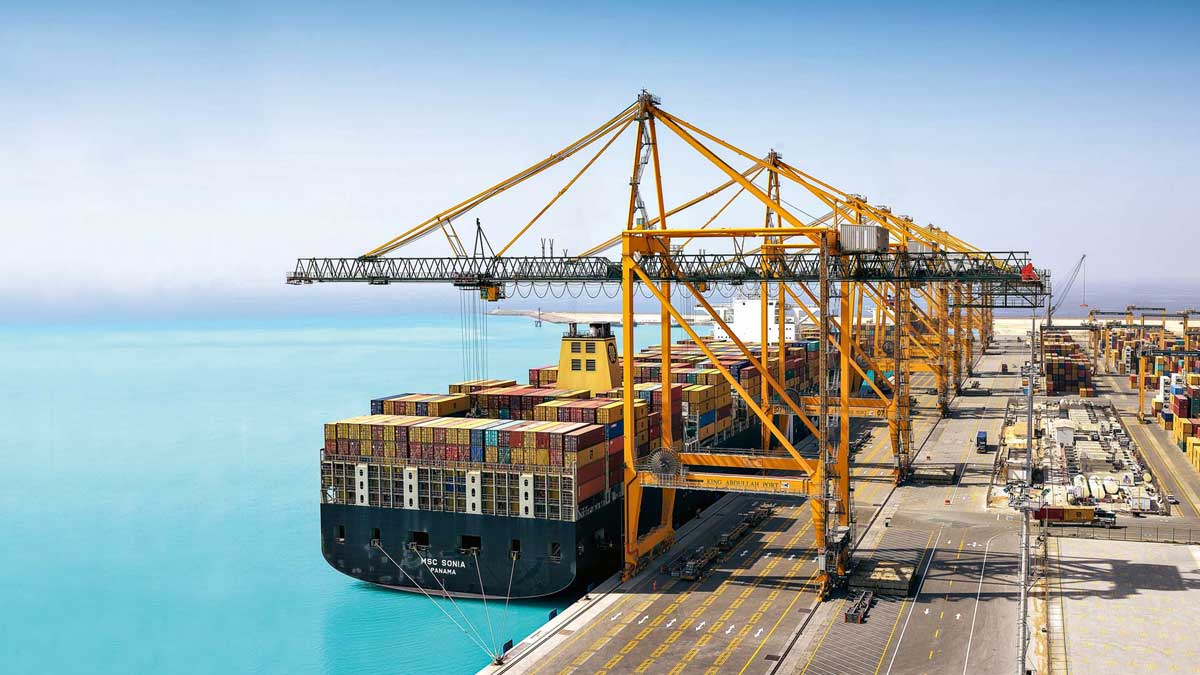


Budget Proposal Aims to Boost Investments
The recent budget proposal has introduced measures designed to promote investments and generate job opportunities across various industries, as reported by the Economic Times. This initiative seeks to stimulate economic activity and strengthen the country's growth trajectory by encouraging both domestic and foreign investments. Key aspects of the proposal include targeted incentives for sectors poised for expansion, such as renewable energy, infrastructure, and technology. The government aims to create a more favorable investment climate by offering tax benefits, subsidies, and streamlined reg..

Indian Financial System Resilient Amidst Challenges
The Reserve Bank of India (RBI) Deputy Governor M. Rajeshwar Rao has emphasized the robust nature of the Indian financial system despite global economic headwinds, according to Economic Times. Rao?s comments reflect confidence in the stability and resilience of India's financial sector amidst a backdrop of international economic uncertainties and financial volatility. Rao highlighted that India?s financial system is well-equipped to handle external shocks due to its solid regulatory framework and prudent risk management practices. The country?s banking sector has demonstrated resilience throug..

SC Allows State Tax on Mines, Minerals
Opposition leaders have welcomed the Supreme Court's recent decision permitting states to levy taxes on mines and mineral-bearing lands, as reported. The ruling is seen as a significant victory for state governments seeking greater control and revenue from natural resource extraction within their jurisdictions. The Supreme Court?s decision empowers states to impose taxes on mining operations and mineral-rich lands, which could enhance their revenue streams and enable better management of local resources. This move is particularly important for states with substantial mineral resources, as it a..














